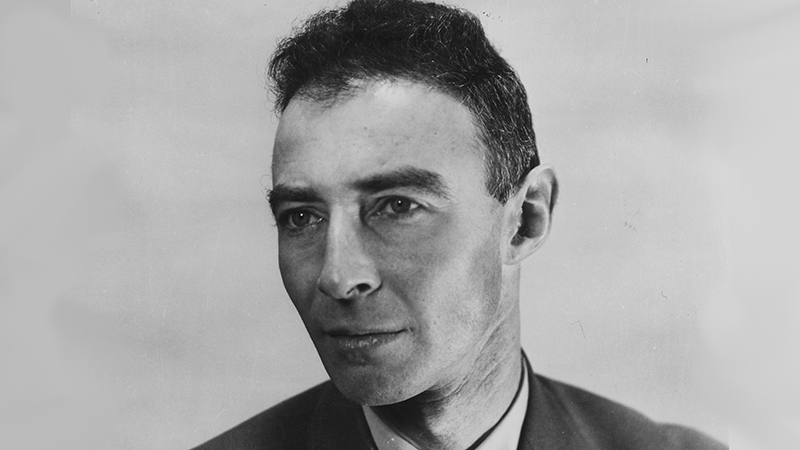In 1861, a group of Welsh nationalists gathered in Engedi, a chapel in Caernarfon, on the coast of northwest Wales, to plan a Welsh colony in far-off Patagonia. At the time, in the midst of the Industrial Revolution, many Welsh rankled at the rule of England, the oppressiveness of mining and other industries, and the loss of their culture and identity. The confederates who met in Engedi hoped to regenerate Welsh culture by leaving Wales. In 1865, they succeeded in establishing Y Wladfa, and, today, several thousand people still speak Welsh on the east coast of Argentina.
Fast forward to the early 21st century. Wales, a country of 3 million, still struggles in the shadow of the United Kingdom, though like Scotland it has its own legislature and limited self rule. The old mining and smokestack industries are largely gone, with farming and tourism the main drivers of the economy, and the country suffers from high rates of poverty, ill-health, and out-migration by young people.

In this way, Caernarfon shares traits with many older small and medium-sized towns and cities across the developed world. The industries that gave birth to these places are gone, but the structures and people remain—often fragile and forlorn.

Yet there’s something going on at the former Engedi Chapel that signals potential for regeneration in Caernarfon and similar places across Europe and North America. A handful of 21st-century confederates there share a vision of helping regenerate their culture and local economy with sustainability at the core. The project is called Engedi 2. It’s the dream of a couple of guys who grew up in Wales, traveled the world, and came back home to the country they love. “We’re taking a stagnated, empty building in a town with a lot of deprivation and poverty and bringing people together to make things better,” says Liam Kurmos, a software entrepreneur who owns the chapel building.
The vision is to use the building as a sort of community center, where local people from all walks of life collaborate, learn, and engage in projects aimed at revitalizing the community in sustainable ways. (Kurmos also owns another former chapel nearby, Capel Cefn Y Waun, which is home for his tiny software company, AstralDynamics, and workspace for a handful of independent software programmers.) Kurmos bought the Engedi chapel in 2014 with the current mission in mind. While he has hosted a number of community activities there, he has struggled to fulfill the larger vision. He’s still at it, though, with help from a small group of like-minded local people.
Principal among them is Dylan Evans, an ecosystem regeneration consultant who has worked around the world and now lives a stone’s throw from Caernarfon Castle, a medieval fortress that’s a major tourist attraction. He believes the mass remote-work phenomenon fostered by the COVID crisis has awakened many people to the potential of living in beautiful, rural locations, like he does, and working for organizations anywhere. To him, rich history and natural beauty are essential for a fulfilling life. “In Wales, most of the old industry is gone, but we have tourism, which is reliant entirely on the quality of the natural environment,” he says. “My hope is we can use Engedi to create solutions to preserve the environment and, in so doing, protect tourism, the last remaining industry accessible to a mixed skill workforce.”


This sort of community regeneration activity was one of the reasons Jane Davidson, then a minister in the Welsh cabinet, worked for the passing in 2015 of the country’s Wellbeing of Future Generations Act. The first law of its kind in the world, it requires all government officials and agencies to make sure nothing they do adversely affects the lives of people in the future. Guided by the framework of the United Nations’ Sustainable Development Goals, it recognizes that communities can’t be truly sustainable unless they address environmental, social, equity, economic, educational, and health issues holistically.
Since the act was passed, little cells of regenerative activity have been popping up all over the country, among other positive effects. “There’s an explosion of spaces and projects, and there are hundreds of buildings like Engedi in our communities crying out for a new lease of life,” says Davidson, whose book, #Futuregen: Lessons from a Small Country, was published in 2020. “This marriage of the old and new is exactly what we need to create new opportunities,” she says.
One example she points to is The Green Valleys, a non-profit based in a mountainous area in the south of Wales, which helps former coal-mining communities develop community-based energy sources and clean up the environment. One of the group’s initiatives, Project Skyline, aims to empower communities to reclaim degraded land and create new income streams by enabling people to work locally for the benefit of their communities, including replanting and managing woodlands and building tourism opportunities.
Inspired by Wales, legislatures in Scotland and Ireland are considering similar legislation. More broadly, a number of countries have begun to use wellbeing as a consideration in economic analysis and budgeting, and they are sharing their experiences through the Wellbeing Economy Alliance.
The Engedi 2 project is operating on a small scale and its future path is uncertain. Kurmos was raised by a hippie mother on a remote island off the coast of Wales. He got physics and computer science degrees while bouncing back and forth between Wales and Japan, launched and ran his software company in nearby Bangor, and now lives with his girlfriend and their new baby on an organic farm outside of Caernarfon. He was only recently able to evict a group of famous but apparently ill-behaved artists who had lived in the building for a number of years—stalling his efforts to turn the dream of Engedi 2 into a reality.
The goal is to try to raise money from government initiatives or private foundations that are focused on community regeneration. Kurmos recently teamed up with a UK sustainable-development consultancy, Resilience Brokers, to apply for a grant from the Welsh National Lottery Community Fund to develop and run sustainability mentoring programs in small Welsh towns. The idea is to use Sensemaker, an insights-gathering tool, to discover the needs of particular communities so they can design programs aligned with them.
Whether or not that gambit works, Kurmos plans on seeking funding for similar projects, and the folks from Resilience Brokers are supporting him. “Engedi 2 creates conditions for people to be empowered,” says James Green, a community manager for Resilience Brokers. “In an era of great disconnect and the threat of climate change and environmental collapse, we need these spaces to heal, bond, and nurture.”
I came to know Kurmos through his involvement in Pivot Projects, a global, all-volunteer collaboration launched at the beginning of the COVID crisis to promote sustainability and resilience in communities. In many cases, as with Engedi 2 and Caernarfon, there aren’t a lot of financial resources available, so both individuals and small groups face the challenge of making things happen with energy and creativity rather than money. But it’s exactly this kind of crazy, seemingly-impossible dreaming that we need to make our communities and our world more sustainable.
—
Steve Hamm is a freelance writer and documentary filmmaker in New Haven, CT. Columbia University Press recently published his new book, The Pivot: Addressing Global Problems Through Local Action, which follows the journey of Pivot Projects, a global volunteer collaboration aimed at helping to make communities more sustainable and resilient.
















